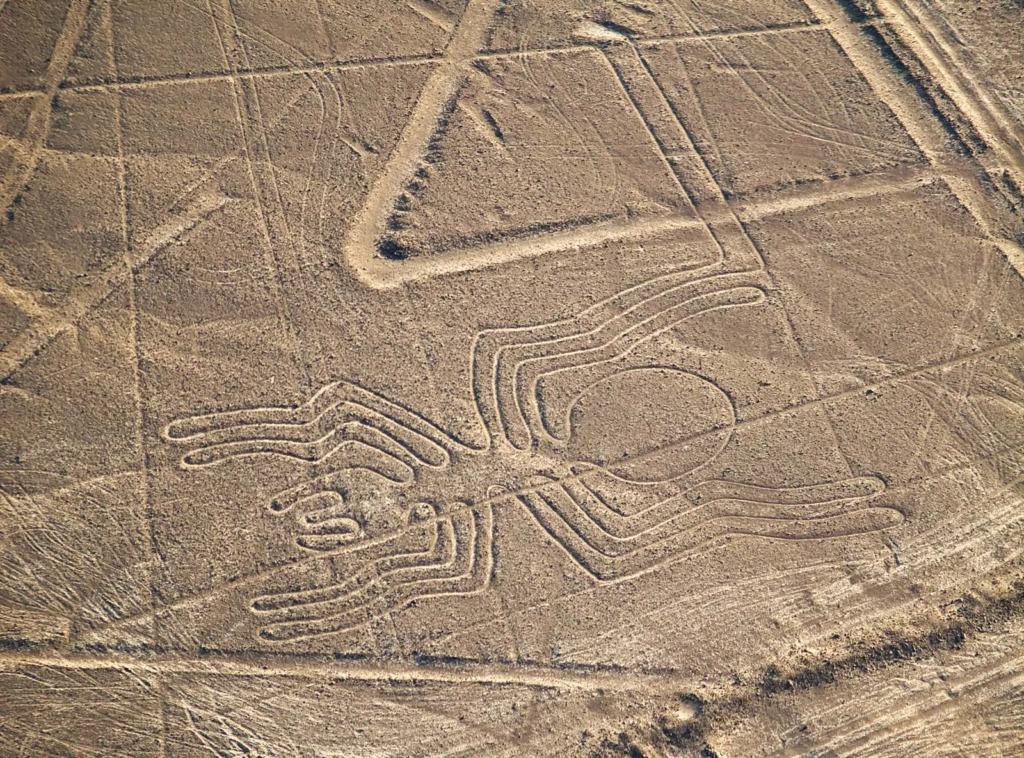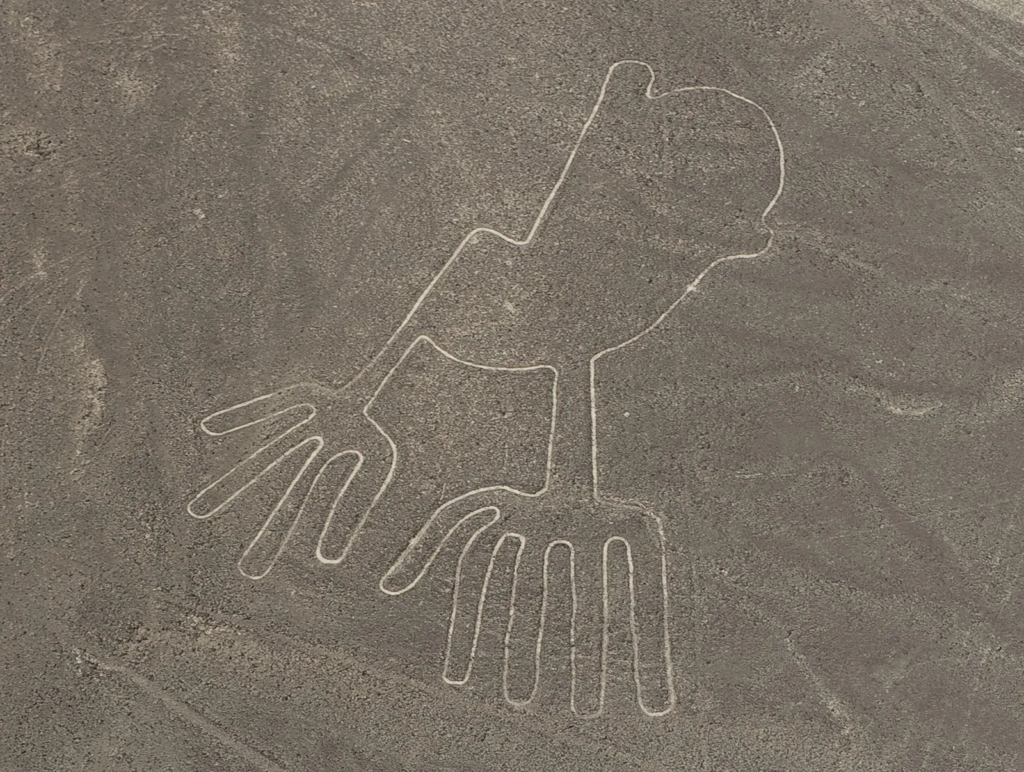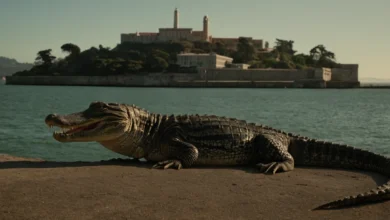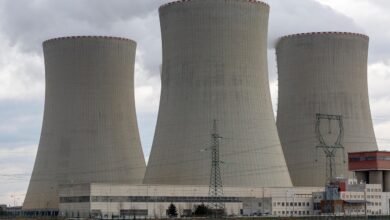
Nazca Lines: Peru’s Mysterious Geoglyph Marvel
Etched into the arid Peruvian coastal plains 250 miles south of Lima lie one of the world’s greatest archaeological enigmas: the Nazca Lines. These massive drawings depict animals, plants, imaginary beings, and geometric shapes on a colossal scale. Who created these spectacular geoglyphs, and what was their purpose? Over 1500 years after their creation, the Nazca Lines continue to captivate researchers and tourists drawn to their cryptic messages from the past.
The Nazca Lines date back approximately 2000 years to the Nazca culture that flourished in southern Peru from 200 BCE to 600 CE. The Nazca excelled at irrigation, textiles, ceramics, and engineering megalithic structures. But their greatest legacy is the sprawling network of geoglyphs spanning over 140 square miles of desert.

© Jgz/Fotolia
The designs range from simple lines and shapes to complex images up to 660 feet across, applied with remarkable precision. Figures of animals like monkeys, spiders, whales, and condors populate the desert canvas. Other elements include spirals, triangles, trapezoids, and straight lines that criss-cross the landscape. Their enormous size means the full impact can only be grasped from the air.

Mainstream archaeologists believe the Nazca Lines served ritual astronomical purposes tied to agriculture. Straight lines point to the positions of the sun, moon, and stars on the horizon during solstices. The animals and shapes may represent Nazca deities linked to crop fertility and water. Supporters of alternative theories view the geoglyphs as sacred spiritual maps or even alien messages.

© Jgz/Fotolia
The true meaning behind the Nazca Lines likely died with their creators centuries ago. But the monumental drawings demonstrate ancient peoples’ deep connection with the cosmos and drive to alter their surroundings. They serve as a testament to the innovation and artistry of Peruvian civilization predating the Inca empire. Preserving the fragile geoglyphs remains an ongoing challenge. Only by safeguarding the Nazca Lines can we ensure these landscape canvases endure for future generations to admire and decipher.

© Gary Yim/Shutterstock.com

© Igor Tkachev/Dreamstime.com

© Gary Yim/Shutterstock.com




